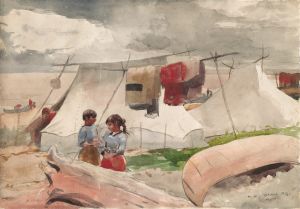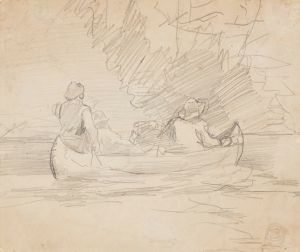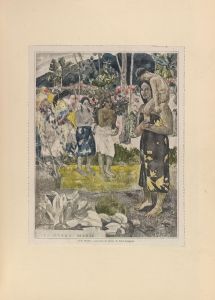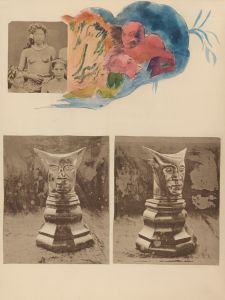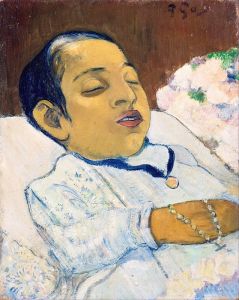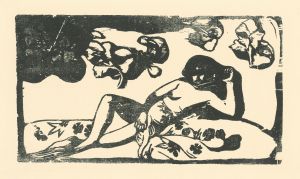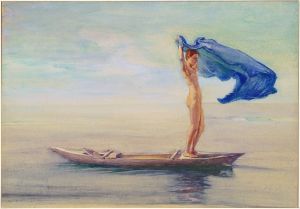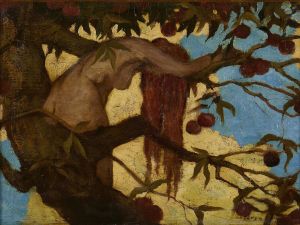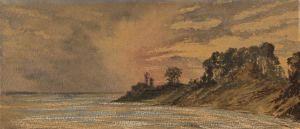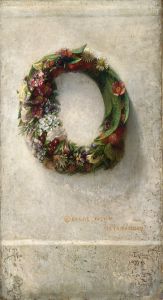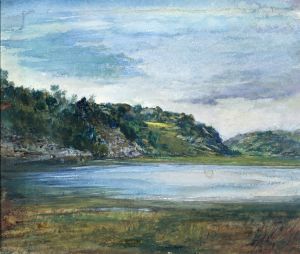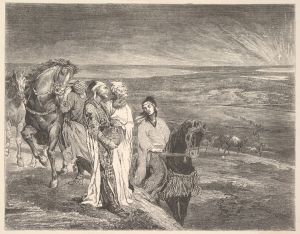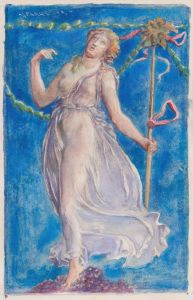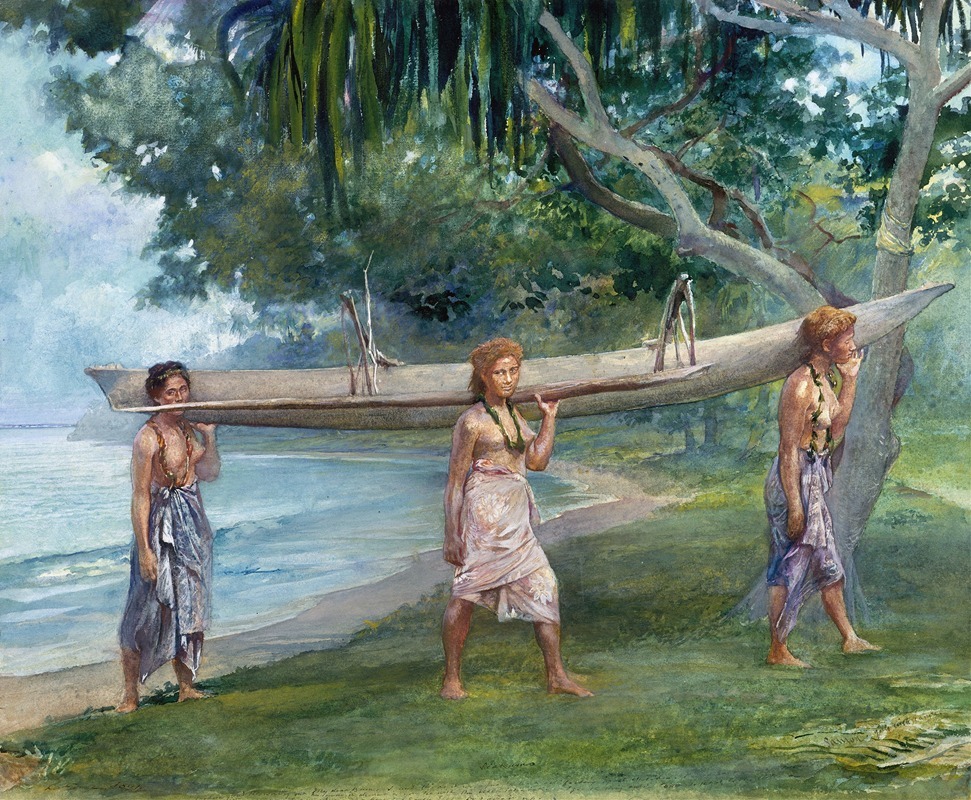
Girls Carrying a Canoe-Vaiala in Samoa
A hand-painted replica of John La Farge’s masterpiece Girls Carrying a Canoe-Vaiala in Samoa, meticulously crafted by professional artists to capture the true essence of the original. Each piece is created with museum-quality canvas and rare mineral pigments, carefully painted by experienced artists with delicate brushstrokes and rich, layered colors to perfectly recreate the texture of the original artwork. Unlike machine-printed reproductions, this hand-painted version brings the painting to life, infused with the artist’s emotions and skill in every stroke. Whether for personal collection or home decoration, it instantly elevates the artistic atmosphere of any space.
"Girls Carrying a Canoe-Vaiala in Samoa" is a painting by the American artist John La Farge, created during his travels in the South Pacific in the late 19th century. La Farge, born in 1835, was a prominent figure in American art, known for his work in stained glass, murals, and easel paintings. His journey to the South Pacific, which included stops in Samoa, Tahiti, and Fiji, was undertaken in 1890-1891 alongside his friend, the writer Henry Adams.
The painting depicts a group of young Samoan women carrying a canoe along the shore in the village of Vaiala, Samoa. This work is notable for its vibrant use of color and the detailed depiction of the local landscape and culture. La Farge was deeply influenced by the natural beauty and the people he encountered during his travels, and this is reflected in the authenticity and sensitivity of his portrayal.
La Farge's South Pacific works, including "Girls Carrying a Canoe-Vaiala in Samoa," are significant for their ethnographic interest as well as their artistic merit. They provide a glimpse into the daily life and customs of the Samoan people at the time, capturing moments of communal activity and the harmonious relationship between the inhabitants and their environment. The painting is characterized by its lush, tropical setting, with the figures of the girls rendered in a way that emphasizes their grace and strength.
John La Farge's technique in this painting, as in many of his other works, showcases his mastery of light and color. He employed a rich palette to convey the intensity of the tropical sunlight and the vivid hues of the Samoan landscape. The composition is carefully balanced, with the canoe and the figures of the girls forming a dynamic diagonal line that leads the viewer's eye through the scene.
"Girls Carrying a Canoe-Vaiala in Samoa" is part of a larger body of work that La Farge produced during his South Pacific expedition. These works were later exhibited and contributed to a greater appreciation and understanding of the cultures of the Pacific Islands among Western audiences. La Farge's paintings from this period are also important for their role in the broader context of 19th-century art, as they reflect the era's fascination with exotic locales and the romanticization of indigenous peoples.
Today, John La Farge's works, including "Girls Carrying a Canoe-Vaiala in Samoa," are held in various public and private collections. They continue to be studied and admired for their artistic quality and their historical significance. La Farge's legacy as an artist who bridged the gap between different cultures and brought the beauty of the South Pacific to the attention of the Western world remains an important aspect of his contribution to American art.





